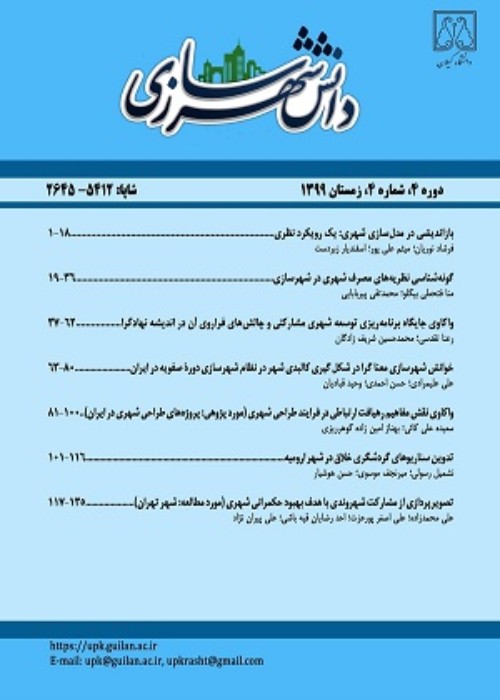Explaining the Role of Modernist Approaches in the Evolution of Urban Squares from the Perspectiveof Objective, Physical, and Functional Components in Iran and Uzbekistan during the Qajar and the First Pahlavi Periods
Qajar urban planning is the Connection or breakpoint between the traditional past and the modern future of Iran and provides the Context for the emergence of the first two decades of Pahlavi thought. In the same period, the Soviet modernization campaign in Uzbekistan led to major developments in the country. In this light, Developments in urban squares emerging in the two countries appears to have some similarities and differences.
This study aims to discover how the impact of modern Cultural, political and social progresses in these societies on the urban squares evolution in Iran and Uzbekistan during the Qajar and First Pahlavi Eras to answer these questions: Have the modern cultural, political and social progresses influenced the process of Urban Squares Evolution in Iran and Uzbekistan? What is the Structure, nature and aspects of differences and similarities of Urban Squares Evolution in Iran and Uzbekistan during Qajar and First Pahlavi Eras ?
The present work is a Historical - comparative study and adopts a qualitative approach through documentary and field studies, relying on interpretive – historical methods for collecting the historical theoretical foundations and descriptive–analytical methods for analyzing urban Squares Evolution in Iran and Uzbekistan. The statistical population consists of all squares that underwent physical and functional changes during the Qajar and Pahlavi Eras due to modernist ideas and The sample population consists of a number of squares that belonging to the same period (in terms of evolution) and have stylistic similarities that share stylistic physical and functional similarities
The results are suggestive of the objective, functional, and physical manifestation of the modernistic components in both countries, but functional components appear more accentuated.
In both countries components such as functional integration around squares, physical extroversion, visual transparency and neoclassical - style building construction have emerged similarly.
- حق عضویت دریافتی صرف حمایت از نشریات عضو و نگهداری، تکمیل و توسعه مگیران میشود.
- پرداخت حق اشتراک و دانلود مقالات اجازه بازنشر آن در سایر رسانههای چاپی و دیجیتال را به کاربر نمیدهد.



